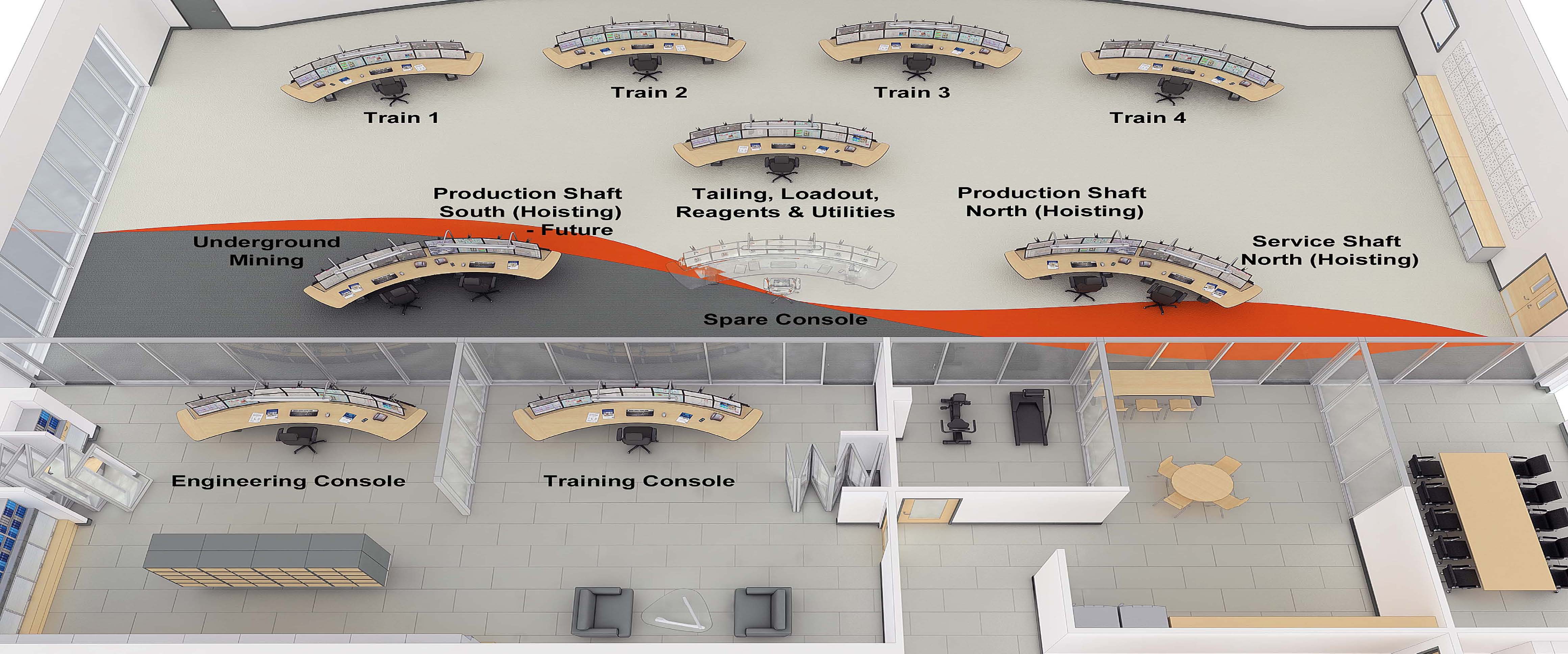The Art of Control Room Design: Creating Efficient and Ergonomic Spaces
Control rooms play a vital role in the seamless operation of industrial facilities, power plants, and other critical environments. They serve as the hub for monitoring, controlling, and managing complex processes, making it essential to design them with efficiency, ergonomics, and safety in mind. In this post, we will discuss the key considerations for control room design and share some best practices to help you create the perfect space for your operations.
- Ergonomics and Human Factors
Ergonomics and human factors should be at the forefront of control room design. An ergonomic control room enables operators to perform their tasks efficiently, comfortably, and safely, reducing the risk of errors and accidents, and repetitive stress injuries that cost industry billions of dollars every year. Key elements to consider include:
- Workstations: Design workstations with adjustable seating, proper lighting, and ample workspace to minimize strain and fatigue.
- Control panels and displays: Position control panels and displays at an optimal viewing distance and angle to reduce eye strain and neck discomfort.
- Acoustics: Utilize sound-absorbing materials and design features to minimize noise levels and improve overall communication.
- Temperature and humidity: Maintain a comfortable temperature and humidity level to ensure operator comfort and prevent equipment malfunction.

- Layout and Space Planning
A well-planned control room layout promotes efficient workflow and communication among operators. When designing the layout, keep these factors in mind:
- Room adjacencies are critical to workflow, some rooms will require critical adjacency with views within the control room, other close to the control room and others with negative adjacencies having the potential to distract workers.
- Equipment arrangement: Arrange consoles and equipment logically according to the workflow, ensuring that operators can easily access the tools they need.
- Traffic flow: Designate clear walkways and paths to maintain efficient traffic flow and avoid placing critical equipment in high-traffic areas.
- Collaboration spaces: Include dedicated spaces for collaboration, training, and meetings to foster teamwork and knowledge sharing.
- Storage and amenities: Provide sufficient storage for manuals, reference materials, and personal items, as well as amenities such as break rooms and restrooms.
- Technology Integration
Modern control rooms rely heavily on technology for monitoring and controlling processes. Integrating the right technology can greatly enhance operator performance and overall efficiency. Consider these aspects when integrating technology:
- Visualization systems: Utilize large-format displays or video walls to provide operators with a comprehensive overview of the processes they are monitoring and controlling.
- Alarm management: Implement an effective alarm management system to ensure that operators receive timely and relevant information about time sensitive events.
- Exploit CCTV: For improved situation awareness and safety related functions, including security.
- Cybersecurity: Protect your control room’s technology infrastructure from cyber threats by implementing robust security measures and protocols.
- Flexibility and Scalability
As your facility grows and evolves, your control room should be able to adapt to changing needs and requirements. Design your control room with flexibility and scalability in mind:
- Modular furniture: Choose modular furniture that can be easily reconfigured or expanded as your needs change.
- Infrastructure planning: Plan for future technology upgrades and expansions by incorporating ample cable management and power distribution solutions.
- Space allocation: Leave room for growth by allocating additional space for new equipment, consoles, or personnel.
- Compliance: Many control room are designed by non-professionals that don’t meet codes and regulations, and have unrealistic expectations for future expansion plans that are not feasible and often leave clients to abandon this building and move to alternative locations.
- Aesthetics and Operator Comfort
While functionality is paramount, the aesthetics and comfort of the control room should not be overlooked. A pleasant and comfortable environment can boost operator morale and productivity. Consider these elements when designing your control room:
- Color scheme: Choose a color scheme that promotes focus and reduces eye strain, such as neutral colors or soothing tones.
- Lighting: Implement a combination of natural and artificial lighting sources, with adjustable controls to accommodate individual preferences but still meet International Regulations regarding lighting within control room environments.
- Biophilic design: Incorporate elements of nature, such as plants or natural materials, to create a more relaxing and comfortable atmosphere.
Conclusion
Designing an efficient and ergonomic control room is a complex task that requires careful consideration of numerous factors. By focusing on ergonomics, layout, technology integration, flexibility, and aesthetics, you can create a control room that enhances operator performance, promotes safety, and supports the overall success of your facility. Partner with experienced professionals, like our team at User Centered Design Services. Our control room specialists like Chris Heil, our staff Architect, is a qualified Certified Ergonomic Assessment Specialist (CEAS), who can guide you through the process and help bring your vision to life.

